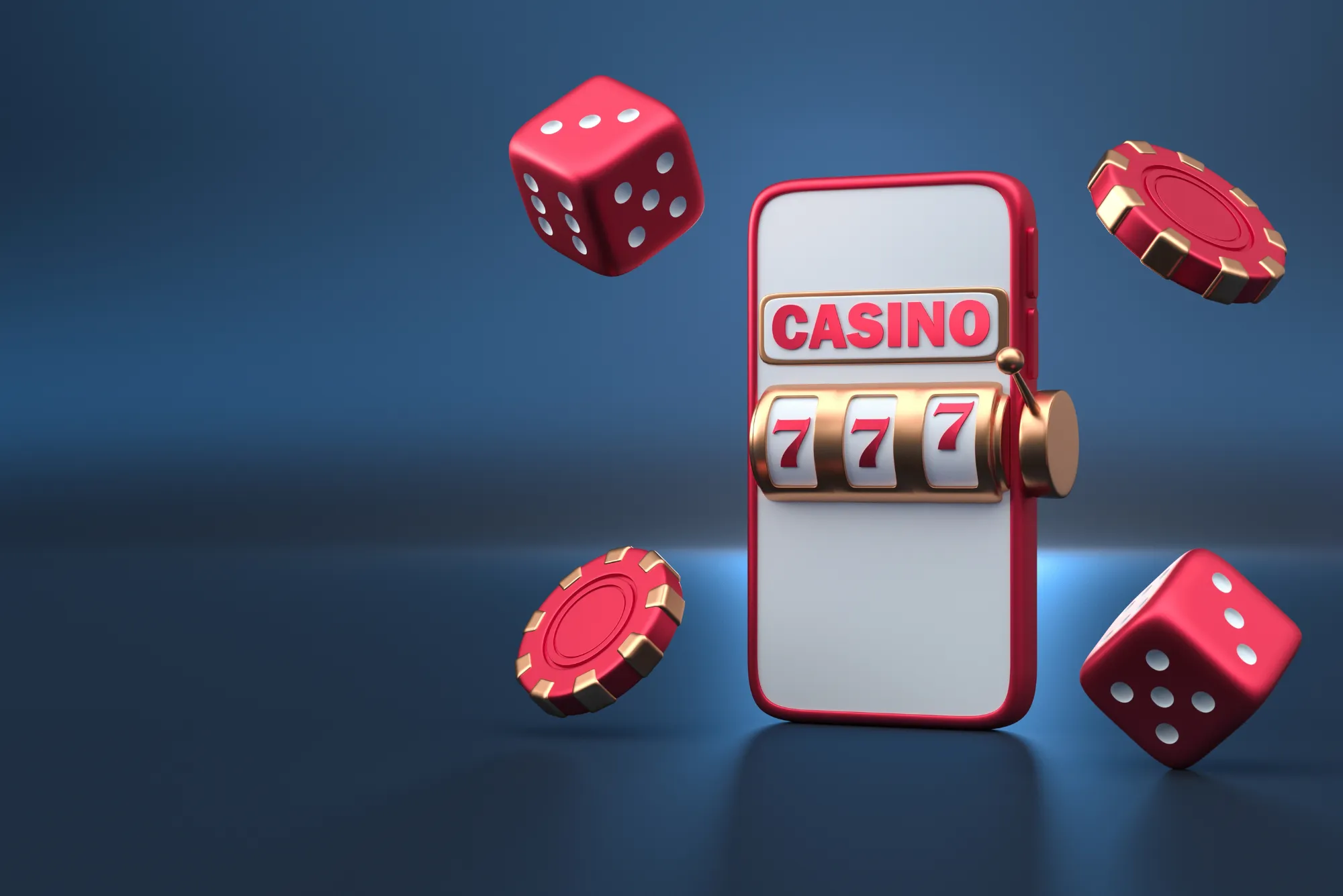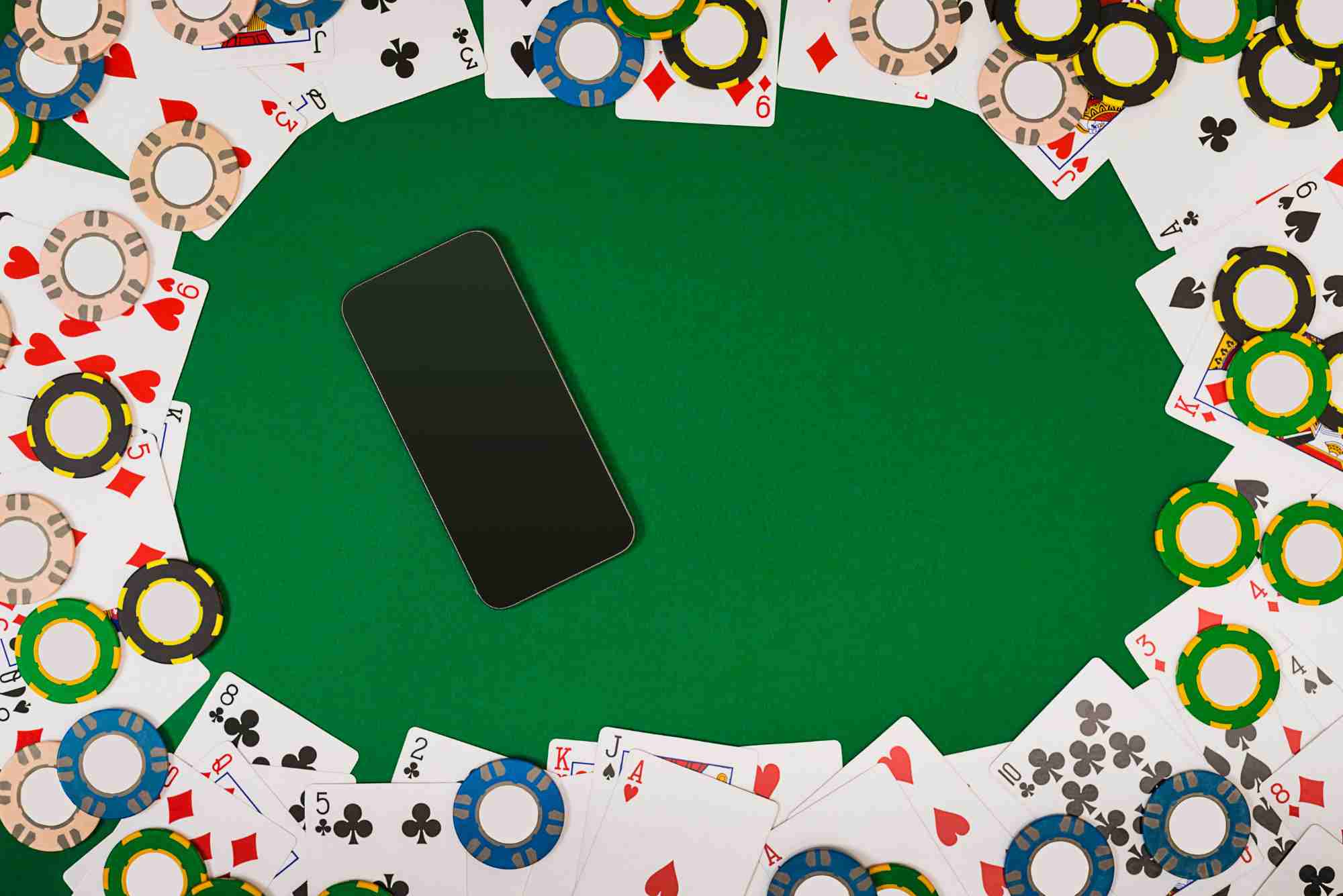When you’re in the middle of a fast-paced mobile game or exploring a new level in your favorite console title, it’s hard not to notice those sparkling trails of coins, tokens, or points inviting you along a certain path. But have you ever wondered: Are these in-game coin trails random or fixed? This question has intrigued gamers for years, especially those with a keen eye for game mechanics, behavioral psychology, or game-based reward systems. Let’s dive into this topic and unravel what really goes on behind the scenes.
Understanding Coin Trails in Games
Coin trails—whether they’re golden rings in Sonic, floating coins in Super Mario, or collectible tokens in endless runners like Subway Surfers—serve a specific function. They are visual incentives that guide the player along a particular route or subtly teach them how to interact with the environment. These coin trails can be seen as digital breadcrumbs, but whether they’re predefined (fixed) or dynamically generated (random) often depends on the type of game and its underlying engine.
In most traditional level-based games, coin trails are fixed, designed by game developers to help players find secrets, teach new movement mechanics, or draw attention to high-risk, high-reward areas. However, in procedurally generated or sandbox games, coin trails may appear more random—or at least dynamically placed based on certain algorithms and variables.
The Psychology Behind Coin Trails
Coin trails are not just for fun—they’re part of a deeper psychological strategy. They trigger the reward system in our brains, encouraging us to take action. Much like the behavior reinforcement techniques used in betting sites not on GamStop, coin trails keep users engaged and coming back. They hint at the next dopamine hit, keeping the momentum going even during difficult sections of a game.
This concept of psychological “nudging” isn’t unique to gaming. On betting sites not on GamStop, you’ll see similar reward paths in the form of loyalty bonuses, progressive jackpots, and leaderboard points. Just like a coin trail nudges you to take the high-risk path for more coins, these betting features nudge you into playing one more round.
So, while the technical side of coin trails may differ from game to game, the psychological principle remains consistent—guiding user behavior through reward-based progression.
When Coin Trails Are Fixed
Fixed coin trails are usually found in platformers, puzzle games, and structured adventure titles. In these games, each level is handcrafted, and the placement of every coin, obstacle, and enemy is deliberate. Developers use coin trails as:
Tutorials in disguise: Leading new players to learn the controls by jumping or running a certain way.
Risk-reward signals: Guiding players toward difficult routes with better rewards.
Narrative hints: Indicating where a hidden item or secret area may be located.
In these cases, the trail does not change no matter how many times you replay the level. This predictability can be a comfort to completionists or speedrunners who want to optimize their route.
When Coin Trails Are Random
In procedurally generated games, endless runners, or multiplayer battle arenas, coin trails might feel random—but they rarely are truly random. Instead, developers rely on algorithms and weighted probability systems to create the illusion of randomness. In reality, several key variables are at play:
Your current score or level
How long you’ve been playing
Your recent in-game behavior
In-game purchases or ad views
This approach is similar to systems seen on betting sites not on GamStop, where bonuses or spins may appear random but are actually served based on your activity. For example, a player who has lost multiple rounds might receive a “random” bonus offer, designed to keep them engaged.
The same mechanics are at play in games. Developers might increase the frequency of coin trails—or make them more visually attractive—based on how often you play or whether you’ve just experienced a difficult level. This kind of adaptive design blends data tracking with behavioral triggers, ensuring the game remains engaging without feeling repetitive.
Is There a Hidden Algorithm at Play?
In many modern games, yes—there is a hidden algorithm. Especially in mobile titles that rely on ad revenue or in-app purchases, game designers will often use machine learning models to adapt coin trail frequency and positioning based on player behavior.
These models can learn over time:
Which types of trails cause players to keep playing
What leads to in-app purchases
When players are most likely to quit
In this way, coin trails aren’t just decorative—they’re data-informed engagement tools. And again, there are striking parallels with betting sites not on GamStop, where player retention models use similar behavioral data to offer personalized bonuses, loss rebates, or time-limited promotions.
Coin Trails and Ethical Design
Here’s where the conversation gets interesting. While fixed coin trails serve mostly educational or entertainment purposes, dynamic or algorithmic coin trails raise ethical questions—especially when they manipulate user behavior. When does game design become behavioral control? Are players really choosing their path, or are they being nudged too forcefully?
This is a concern also raised in the debate around betting sites not on GamStop, which sometimes use behavioral profiling to encourage prolonged play, often bypassing the self-exclusion systems of licensed UK platforms. If games and gambling both rely on similar behavioral feedback loops, where do we draw the line?
The Link Between Gamification and Betting
Coin trails are just one example of how gamification techniques spill over into the betting world. Reward loops, progress meters, unlockable content—these are mechanics designed to make activities feel more like a game, increasing time spent on a platform.
On betting sites not on GamStop, this gamified approach becomes more potent. With fewer regulatory limits, operators can push more aggressive incentives. From “near miss” slot animations to dynamic loyalty ladders, the goal is the same: make the player stay. And it’s not much different from a coin trail that subtly says, “Just one more jump and you’ll get the big prize.”
How to Tell if a Coin Trail Is Fixed or Random
While most players won’t analyze their coin trails on a casual level, here are a few ways to distinguish between fixed and random trails in games:
Repetition: If a trail appears in the same place every time, it’s likely fixed.
Response to failure: If a new trail appears after you’ve failed several times, it might be algorithmic.
Patterns vs. noise: Truly random trails often feel chaotic; if there’s any coherent path or symmetry, it’s probably deliberate.
Player behavior: Does the game give you more coins after watching ads or making purchases? If yes, you’re likely being influenced by a dynamic system.
The Coin Trail Is Rarely Just Decoration
So, are in-game coin trails random or fixed? The answer is: both—depending on the game and its goals. In traditional level design, coin trails are fixed and serve an educational or strategic function. In modern mobile and algorithm-driven games, they’re increasingly random—or at least dynamically generated to optimize user engagement.
The line between gaming and behavioral science is blurring, and understanding these mechanics helps players make informed choices about their gameplay habits. Just as users should approach betting sites not on GamStop with awareness of how incentives are structured, gamers should also realize that every glittering coin trail may be more than just a simple reward—it might be part of a carefully crafted experience designed to guide, influence, and keep you coming back for more.
Knowledge is power. Whether you’re chasing coins in a pixelated jungle or placing bets online, recognizing these design patterns gives you control over your digital behavior—and that’s the real prize.







